มัสยิดเซฟี
มัสยิดเซฟี
ที่ตั้ง
สถาปนิก/ผู้ออกแบบ
ผู้ครอบครอง
ปีที่สร้าง พ.ศ. 2453
ประวัติ
ในปีพ.ศ. 2398 ซึ่งตรงกับรัชสมัยของพระบาทสมเด็จพระจอมเกล้าเจ้าอยู่หัว รัชกาลที่ ๔ ราชอาณาจักรสยามได้ทำสนธิสัญญากับสหราชอาณาจักรเพิ่มขึ้นอีก 1 ฉบับ เรียกกันโดยทั่วไปว่า “สนธิสัญญาบาวริง” โดยมีเซอร์จอห์น เบาว์ริงราชทูต ที่ได้รับการแต่งตั้งจากสมเด็จพระบรมราชินีนาถวิกตอเรียเข้ามาทำสนธิสัญญาซึ่งมีสาระสำคัญคือ การเปิดการค้าเสรีกับต่างประเทศในสยาม มีการปรับเปลี่ยนกฎระเบียบการค้าระหว่างประเทศโดยการสร้างระบบการนำเข้าและส่งออกใหม่เพิ่มเติม จากสนธิสัญญาเบอร์นี สนธิสัญญาฉบับก่อนหน้าซึ่งได้รับการลงนามระหว่างสยามและสหราชอาณาจักรใน พ.ศ. 2369
หลังจากนั้น ได้มีชาวต่างชาติเดินทางเข้ามาในสยามมากขึ้น รวมทั้งกลุ่มชาวอินเดียเป็นจำนวนมากที่เดินทางเข้ามาในฐานะกลุ่มพ่อค้าโดยดำเนินการค้าอยู่ในย่านราชวงศ์และทรงวาด และมีนิคมของตนเองอยู่ทางฝั่งตรงข้ามแถบท่าดินแดงและคลองสานซึ่งคนอินเดียเหล่านี้ส่วนใหญ่เข้ามาในฐานะ “Supject หรือ คนในบังคับ” หรือที่คุ้นเคยของคนสยามในนามพวก “สัพเย็ก” โดยส่วนหนึ่งของกลุ่มพ่อค้าชาวอินเดียที่เดินทางเข้ามาในสยามในเวลานั้น เป็นกลุ่มคนที่มีถิ่นกำเนิดอยู่ที่รัฐกุจราต ประเทศอินเดีย นับถือศาสนาอิสลามนิกายชีอะห์ โดยเรียกพวกตนเองว่า “มุอ์มิน ดาวูดีโบห์รา” นิยมทำการค้าผ้าแพรพรรณ ดิ้นเงินดิ้นทอง เพชรพลอย ตลอดจนเครื่องเทศ สมุนไพร เครื่องหอม และน้ำอบ เป็นต้น มักตั้งร้านค้าบริเวนถนนเจริญกรุง พาหุรัด ตลาดมิ่งเมือง และแถบวัดเกาะหรือวัดสัมพันธวงศ์ ต่อมากลุ่มคนเหล่านี้โดยการนำของกากายี ซายาอุดดิน โมฮัมหมัดอาลี ร่วมกับมุลลาฮะซัน อาลี ยีวาใบ และนายห้างวาสีได้ติดต่อขอซื้อที่ดินริมแม่น้ำเจ้าพระยาจากเจ้าพระยารัตนบดินทร์ (รอด) เมื่อได้ที่ดินแล้วจึงเริ่มสร้างมัสยิดของพวกตนขึ้น และสามารถเปิดใช้ทำศาสนกิจเมื่อปี พ.ศ. 2453 มัสยิดที่สร้างขึ้นมีชื่อเรียกว่า “มัสยิดเซฟี”
มัสยิดเซฟีมีรูปแบบทางสถาปัตยกรรมแบบกอธิค ลักษณะคล้ายกล่องสี่เหลี่ยม โครงสร้างอาคารครึ่งตึกครึ่งไม้ตั้งอยู่บนฐานรากแผ่ที่ทำจากไม้ซุง ภายในอาคารไม่มีเสากลาง ชั้นล่างปูกระเบื้อง มีห้องกิบละต์ หรือ ประชุมทิศ สำหรับผู้นำนมาซ และบนเพดานห้องประดับโคมไฟรูปถ้วยอักขระกูฟี อันเป็นลักษณะเฉพาะของนิกายดาวูดีโบห์ราที่นี่ไม่มีมิมบัรหรือแท่นธรรมาสน์ แต่มีตะฆัรสำหรับให้อิหม่ามนั่งเทศน์ ส่วนชั้นบนเป็นชั้นสำหรับสตรีทำนมาซ โดยมีระเบียงวนโดยรอบ ประดับกระจกสีและลายฉลุไม้สวยงาม
ตลอดระยะเวลาที่ผ่านมา มัสยิดเซฟีได้รับการดูแลรักษาเป็นอย่างดี สามารถรักษาองค์ประกอบทางสถาปัตยกรรม และคุณค่าทางประวัติศาสตร์เอาไว้ได้เป็นอย่างดี รวมทั้งยังคงบทบาทสำคัญในการเป็นศูนย์กลางทางศาสนาของชาวมุอ์มิน ดาวูดีโบห์รา

มัสยิดเซฟี

มัสยิดเซฟี

มัสยิดเซฟี
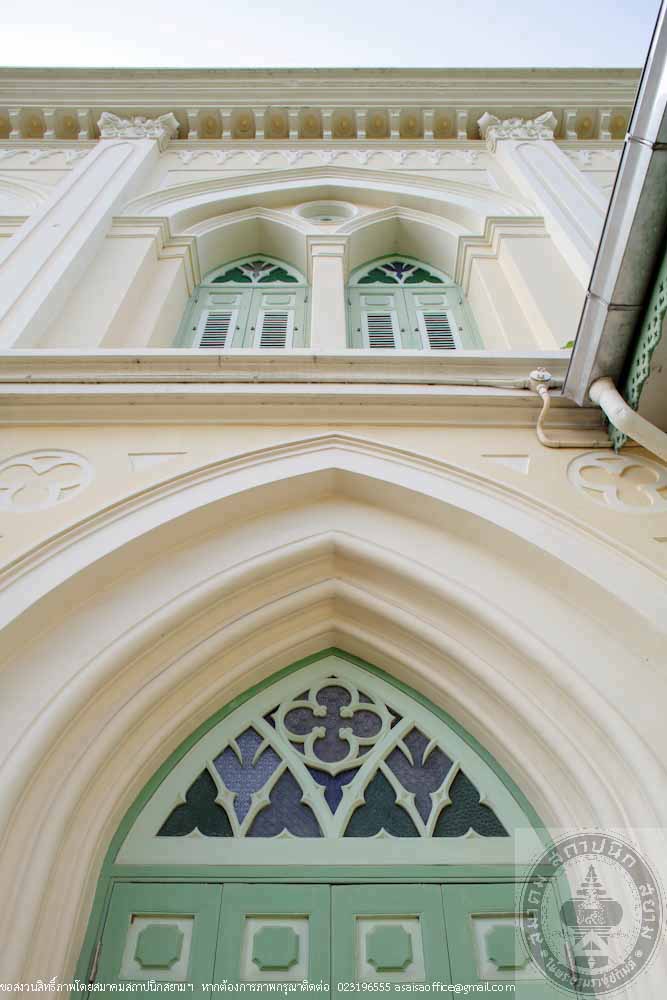
มัสยิดเซฟี
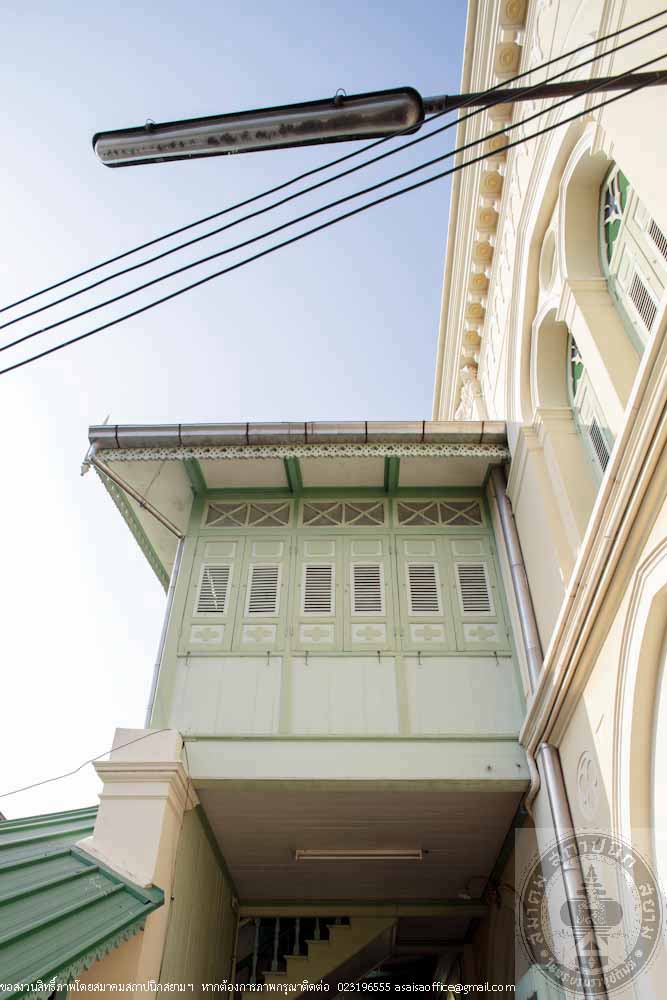
มัสยิดเซฟี

มัสยิดเซฟี

มัสยิดเซฟี
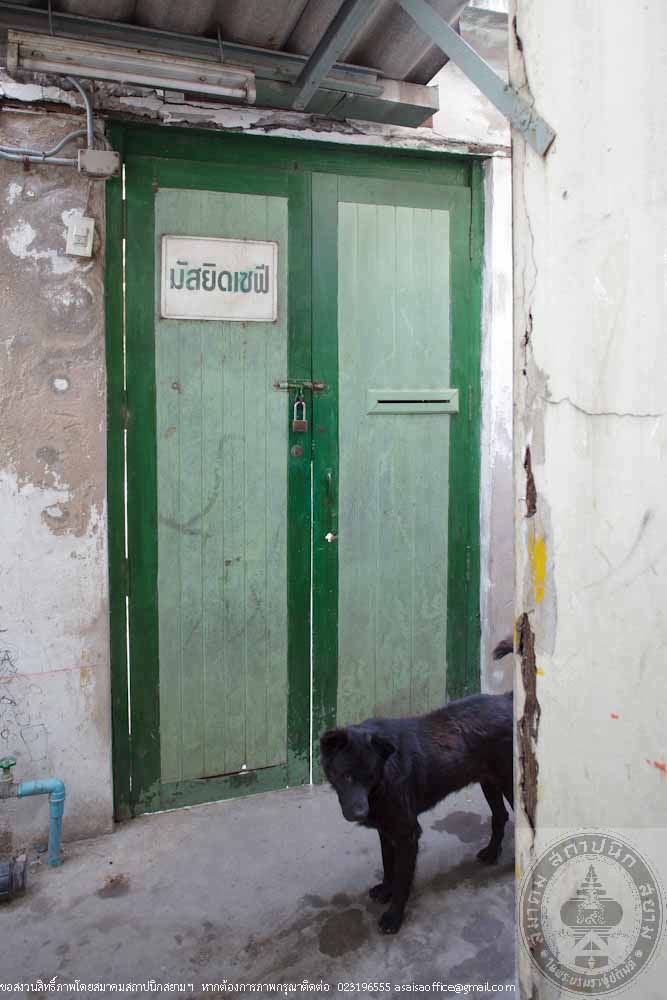
มัสยิดเซฟี
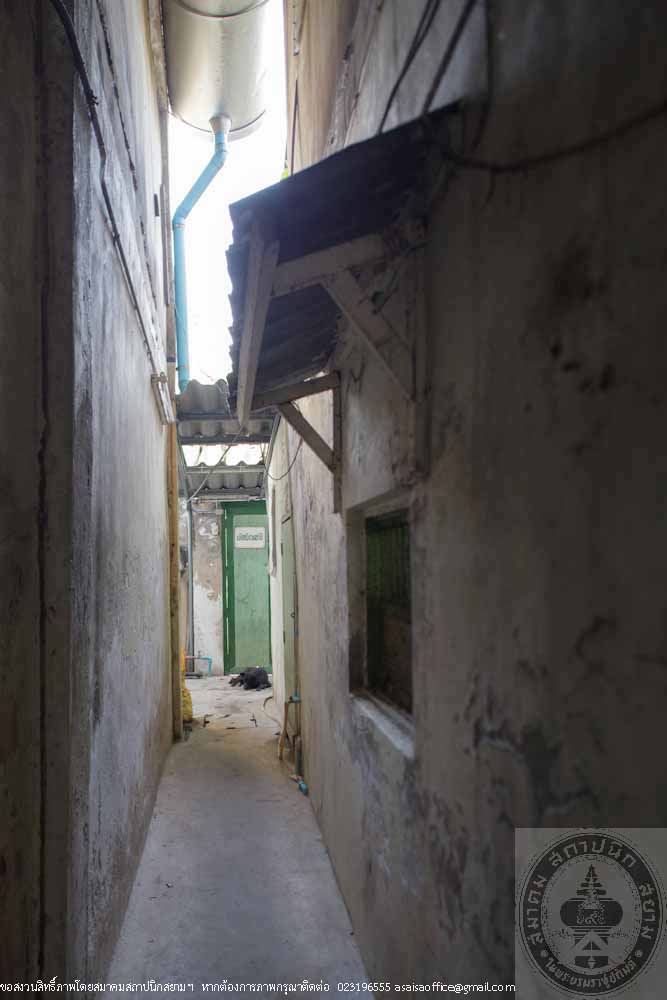
มัสยิดเซฟี
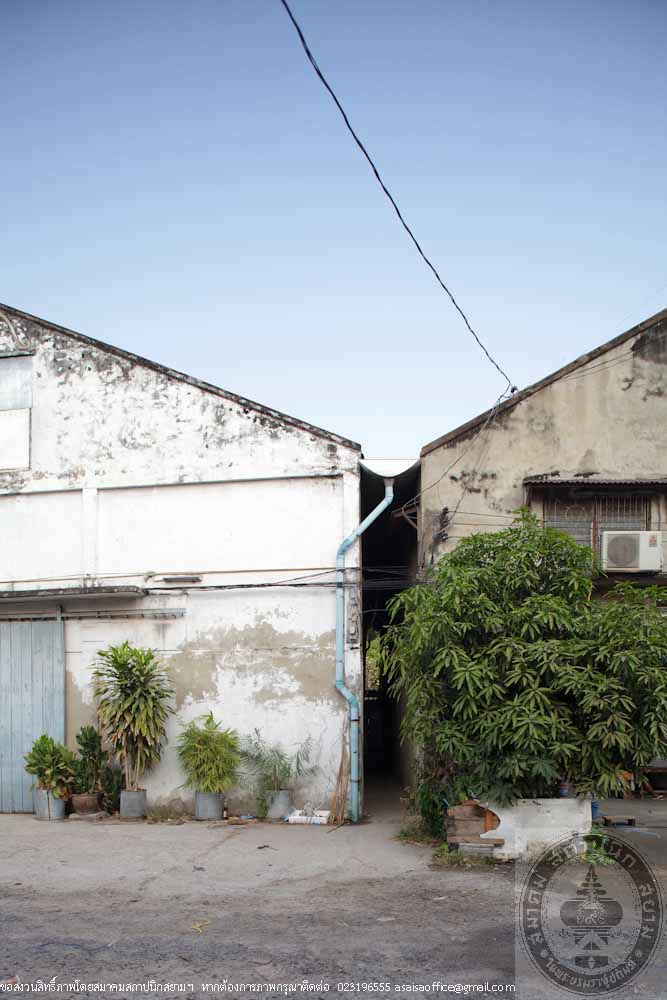
มัสยิดเซฟี

มัสยิดเซฟี
-

มัสยิดเซฟี
-

มัสยิดเซฟี
-

มัสยิดเซฟี
-

มัสยิดเซฟี
-

มัสยิดเซฟี
-

มัสยิดเซฟี
-

มัสยิดเซฟี
-

มัสยิดเซฟี
-

มัสยิดเซฟี
-

มัสยิดเซฟี
-

มัสยิดเซฟี
Seyfee Mosque
Location
Architect/ Designer
Owner
Year built 1910
History
In 1855, during the reign of King Mongkut, Rama IV, the Kingdom of Siam signed another treaty with the Great Britain widely known as “Bowring Treaty.” Sir John Bowring, a British diplomat appointed by H.M. Queen Victoria as her representation to negotiate a treaty that allow free trade by foreigners in Siam. Rules and regulations on international trade were adjusted including the rebuilding of the import-export system, an addition to the Burney Treaty, formerly signed by Siam and the Great Britain in 1826. After the new treaty came into effect, more foreigners entered Siam including a lot of Indian merchants who operate their trading business in Rajavong and Songwad districts and had their own settlements on the other side of the water in Tha Din Dang and Klongsan. The Indians entered Siam as a “Subject” to the English. Some of the Indian merchants were of Gujarat natives and were Shia Muslims who named themselves “Mumin Dawoodi Bohra.” Their popular trade businesses include silks and other garments, laces, jewelry as well as spices, herbs, incense and perfume. Most of their shops were located along Charoen Krung Road, in Phahurat, Ming Muang Market and Wat Ko or Wat Sampunthawong area. These group of merchants, under the direction of Kakayi Salahuddin Mohammad Ali together with Mulla Hassan Ali Yeewabi and Nai Hang Wahsi negotiated a sale on a piece of land on the bank of the Chao Phraya River from Chao Phraya Rattanabodin (Rod.) A mosque was built and was open for religious activities in 1910 and was named “Seyfee Mosque.”
Gothic style mosque in a shape of a building block, the half concrete half wood structures built on a shallow foundation made of log. The mosque has no center pillars. Tile flooring on the ground floor with Qibla Room or the direction of prayer for Namaz leader. The ceiling is decorated with Kufi character cup-like ceiling lamp, a unique symbol of Dawoodi Bohra. There is no Minbar or pulprit altar here. Imam will sit and deliver a sermon on a Takal instead. The second floor is a Namaz area for women and was embellished with color stained glass and beautiful carved wood.
Throughout the years, Seyfee Mosque received excellent care and maintenance which keeps its architectural structure intact and its historical values well-preserved. The mosque remains its important roles as the religious center for Mumin Dawoodi Bohra.